|
HOME: www.hiltonpond.org |
|||
THIS WEEK at HILTON POND Subscribe for free to our award-winning nature newsletter (Back to Preceding Week; on to Next Week) |
HILTON POND HAPPENINGS: We've been hoping for even more rain at Hilton Pond Center so we can see results of our attempt to re-engineer the dam and increase pond depth, but on-going precipitation 'round these parts has made it difficult to take photos of flora and fauna along the trails. When clouds broke a couple of times this week we went out with camera and tripod--only to be met a few minutes later by ominous peals of thunder and a sudden downpour from storm cells that appeared out of nowhere. Fortunately, on our photographic forays we always carry a plastic bag and a towel to kneel on, so both equipment and cranium were protected from the elements while we rushed back to shelter. Despite these meteorological impediments we did manage to witness and document several "Hilton Pond Happenings" during the first half of August 2013, as noted below.
All text, maps, charts & photos © Hilton Pond Center This has been a very good summer for terrestrial native orchids at the Center, from two kinds of Ladies'-Tresses to Rattlesnake Orchis. Most prevalent has been Cranefly Orchis, Tipularia discolor, whose population has been increasing on our 11-acre spread. This plant is most obvious in winter when its shiny green terrestrial foliage (above left, taken in December) stands out against dead, brown leaves on the forest floor. Flip the midwinter orchid leaf and you'll discover a deep purple underside that typically goes unnoticed (above right). This bicolored ground-hugging leaf with orchid-like parallel veins must do most of its photosynthesizing during cold months--the only time competing leaves are absent on canopy trees above.
All text, maps, charts & photos © Hilton Pond Center Come spring, the Cranefly Orchis leaf withers and dies, leaving no trace of what's underground. Then, about the first of August, buried roots yield a fast-growing foot-high stalk with numerous half-inch-long greenish-purple flowers (above). Cranefly Orchis is so-named because it's pollinated by gangly little insects that resemble over-sized mosquitoes. Alas, these highly specialized Crane Flies (Tipula spp.) are among countless native pollinators killed by overzealous homeowners who apply insecticide to their gardens each spring and summer--which doesn't bode well for flies or orchids. Crane Flies also fall victim to non-selective electronic "bug zappers" that almost never kill mosquitoes or biting flies but take a heavy toll on beneficial insects. Those blue-light devices are nasty, environmentally unfriendly, and ineffective for their professed purpose; if you have one, we suggest you sell it for scrap.
All text, maps, charts & photos © Hilton Pond Center Growing less than three feet away from our thriving Cranefly Orchis was something we'd never encountered in the wild. Circling the base of a completely rotted pine stump grew a ring of two-inch-tall dark brown finger-like growths (above) that were smooth, leathery, and dotted with grains of sand. Tiny red-eyed flies buzzed around the tallest of the structures, suggesting it might have a faint unpleasant odor. We knew this organism was a fungus of some sort and at first suspected it to be one called "Dead Man's Fingers." After consulting a mushroom field guide--yes, we still use books at Hilton Pond Center!--we're now inclined to go with Black Earth Tongue, Geoglossum difforme--in part because it's relatively common in eastern North America on rotting pine wood. This inedible species also grows in Europe and is just one example of the diversity of decomposers that live on dead things. (We admit neither "Dead Man's Fingers" nor "Black Earth Tongue" are very pleasant names for fungi, but at least they ARE descriptive.)
All text, maps, charts & photos © Hilton Pond Center Much closer to the Center's old farmhouse we chanced upon another plant--one whose leaves we had seen before but for which we'd never found the flower. Yellow Passion-flower occurs across most of the eastern U.S. north to Pennsylvania and Illinois and as far west as Kansas; in warmer parts of its range it is evergreen, allowing a head start when spring returns. In the Carolina Piedmont it is deciduous but an important host plant for summer populations of Gulf Fritillary and Zebra Longwing, the latter of which have been showing up in the Carolinas in ever-increasing numbers. Both these butterflies nectar on Yellow Passion-flower as adults and lay eggs on its leaves. And in a very unusual plant-animal interaction, Yellow Passion-flower is believed to be the only source of pollen for the Passion-flower Bee, Anthemurgus passiflorae--which steals lunch but never returns the favor by pollinating its host flower.
All text, maps, charts & photos © Hilton Pond Center Despite all this "global raining" that has fallen on Hilton Pond and environs, on all but the stormiest days we've been running traps baited with sunflower seeds and sugar water. (We've given up on deploying mist nets until we get a break in the weather.) All the nectar feeders are for hummingbirds, of course, but several bird species have continued their year-round gluttony from traps containing expensive black oilseed. Most numerous have been House Finches; of these, many are recent fledglings and some are affected by mycoplasmal conjunctivitis (above)--an eye disease that historically ran rampant among immature members of this species. (Conjunctivitis, which particularly affects a bird's eye membrane--the conjunctiva--is caused by a unique strain of bacterium.) We hypothesize Carolina populations of House Finches--a species that originated in the western U.S. and has only been in the east for about 75 years--is especially susceptible to highly contagious conjunctivitis, mostly because eastern HOFI are relatively inbred and reduced genetic diversity can lend itself to epidemia. The disease seems to affect only non-native domestic fowl (turkeys and chickens, and possibly pet birds such as parrots) and, VERY rarely, other members of the Fringillidae (including Purple Finch, American Goldfinch, Evening Grosbeak, and Pine Grosbeak). Conjunctivitis is not nearly as epidemic as it was in the 1990s, so we suspect House Finches have developed some resistance--exactly the way things often work when we let nature take its course. Unfortunately, some HOFI still die from loss of vision and side effects, including respiratory infection; it is not known to be transmissible to humans. NOTE: The best prevention against mycoplasmal conjunctivitis among backyard birds is to keep feeders meticulously clean--which we do at the Center by scrubbing them at least weekly January through December with a mild solution of chlorine bleach. There is some indication platform feeders spread the disease less than tube feeders.
All text, maps, charts & photos © Hilton Pond Center And speaking of American Goldfinches, when we first came to Hilton Pond Center in 1982 we hosted these "wild canaries" only in winter. During the past 15 years, however, they've regularly appear at our feeders all summer long--a pretty good indication they are breeding locally, albeit in low numbers. According to South Carolina's Breeding Bird Atlas compiled in 1988-1995, there is confirmed breeding for AMGO in only six of the state's 46 counties, although observers reported "probable breeding" almost everywhere above the Coastal Plain. Based on banding records at the Center, we believe American Goldfinches are expanding and fortifying their breeding range in the state's Piedmont Region. In support of this conjecture we note that for at least the past ten Augusts we've captured and banded increasing numbers of female AMGO with active brood patches (above), and we've handled even more males with pronounced cloacal protuberances indicating they are in breeding condition. Brood patches develop due to hormonal changes--usually in breeding females but among males of some species--that cause belly feathers to drop out. (Some female birds actually pluck their ventral plumage.) This provides a bare spot devoid of insulation that would prevent transfer of body heat to eggs or chicks. The brood patch (also called an "incubation patch") is usually accompanied by vascularization (an increase in concentration of blood vessels) that brings more body heat, and also by edema (an accumulation of fluid) that helps radiate heat evenly. A brood patch may look a little strange to the human eye, but it's a highly efficient way to make sure eggs and chicks develop optimally.
All text, maps, charts & photos © Hilton Pond Center Whether Ruby-throated Hummingbirds develop brood patches is a matter for debate among various hummingbird experts. Based upon close examination of hummers in-the-hand we're of the opinion they DO form patches, although the degree of vascularization and edema aren't nearly as much as what we see on female goldfinches. What isn't debatable is that female RTHU do indeed build their nests from spiderwebs and lichens and line them with plant down or other soft material. We've always been amazed that a hummer can gather silken spider strands and not get totally enmeshed in the sticky stuff. That said, we get a half-dozen or so phone calls or e-mails each year at Hilton Pond Center from folks who've seen a hummer with what looks like a long strand of trash trailing from its feet or tail. We adviose is probably spiderweb tangled around the bird's foot and that it may get bigger as debris sticks to it when the hummingbird visits flowers. That very situation came up this week at the Center when we trapped a female ruby-throat (above) with a two-inch-long wad of white material hanging from her right foot. Using surgical scissors we carefully removed several thicknesses of spiderweb from the bases of the bird's toes and pulled the mass away from her leg. Although it was indeed mostly plant down that eventually might have fallen off, we felt justified in removing this excess baggage and sending the hummer on her way.
All text, maps, charts & photos © Hilton Pond Center We weren't totally surprised to capture a female goldfinch with a brood patch OR a ruby-throat bearing a fluffy mass, but one day this week we were REALLY excited to discover a Common Grackle had somehow entered one of our smaller sunflower seed traps designed for finches. We realize most folks wouldn't be enthusiastic about a grackle--a species people may fail to appreciate because COGR are big and boisterous and come in ravenous flocks that strip bare winter feeding stations in short order--but we find these birds to be fascinating creatures. (Keep in mind we're likewise enamored of Blue Jays--another under-appreciated feeder bird.) Common Grackles are true blackbirds (Icteridae) that play major roles in disseminating seeds and consuming big pestiferous insects that smaller birds just can't handle. But the real reason we were so pleased to trap this particular grackle--a fledgling male just starting to get his iridescent purple-blue plumage and the clear yellow eye of an adult (see photo)--was because he was our first since 2009. This is remarkable because Common Grackles are our 11th-most-banded species at Hilton Pond Center and we even captured 129 of them in just two days during a January 2002 snowstorm. Even so, our banding tally has somehow been stuck on 900 grackles for five long years, so it was good to finally get another.
All text, maps, charts & photos © Hilton Pond Center As outlined above, we had several surprising or exciting nature encounters this week at Hilton Pond Center, but perhaps the most startling was a Black Ratsnake. This four-foot serpent apparently materialized from nowhere just as the teenage daughter of Melissa Ballard Smith--one of my beloved high school biology students from Fort Mill days in the 1970's--climbed aboard a two-person swing on the front porch of the Center's old farmhouse. The snake (above) was doing its best imitation of one of the chains that held the swing, and it wasn't until young Frances was seated we noticed the reptile and brought it to her attention. With considerable pride we report that neither Daughter Frances or Mother Melissa was the slightest bit concerned about the snake, accepted it as what we always referred to in our classroom as a "biological experience," and didn't miss a beat in the conversation we were having about "Hilton Pond Happenings" during the first half of August 2013. 'Way to go, ladies! All text, maps, charts & photos © Hilton Pond Center All contributions are tax-deductible on your Nicaragua 2014 NOTE: The illustrated detailed itinerary for our second-ever Operation RubyThroat hummingbird banding expedition to Nicaragua is now posted. |
|---|
|
"This Week at Hilton Pond" is written and photographed by Bill Hilton Jr., executive director of Hilton Pond Center for Piedmont Natural History
|
|
|
Please refer "This Week at Hilton Pond" to others by clicking on this button: |
Comments or questions about this week's installment? Send an E-mail to INFO. (Be sure to scroll down for a tally of birds banded/recaptured during the period, plus other nature notes.) |


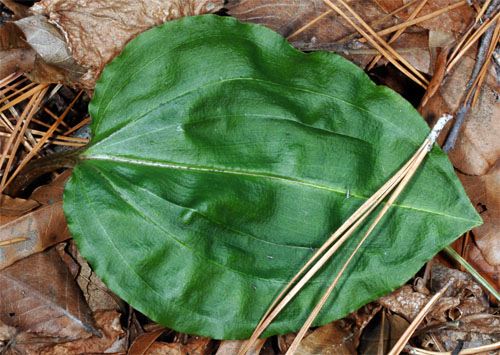
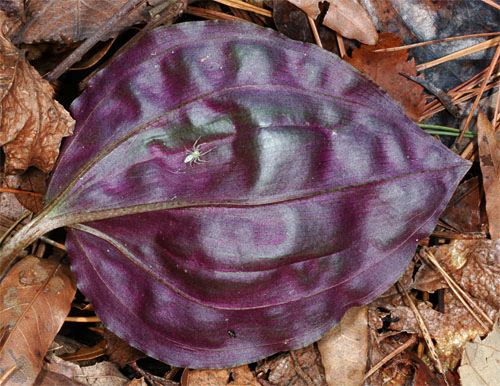

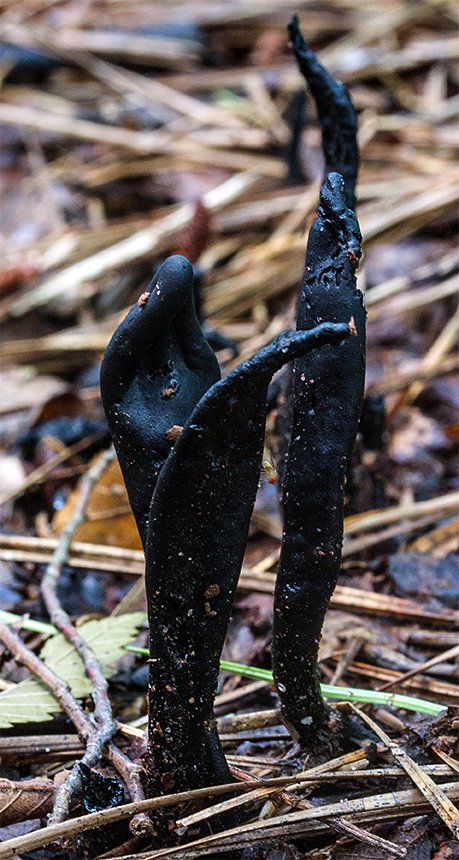

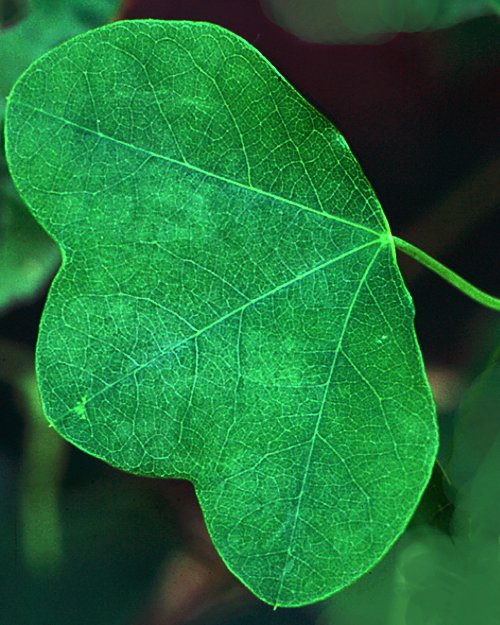 This was a green vine twining along the branch of a foot-tall sapling, holding fast to twigs and leaves with its tight little green tendrils. We suspected from leaf shape
This was a green vine twining along the branch of a foot-tall sapling, holding fast to twigs and leaves with its tight little green tendrils. We suspected from leaf shape 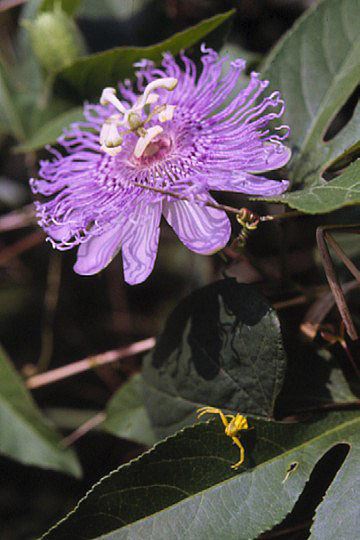 we can add it our checklist of native vines known to occur at Hilton Pond Center.
we can add it our checklist of native vines known to occur at Hilton Pond Center.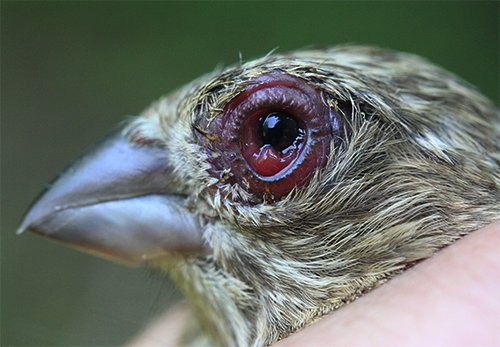
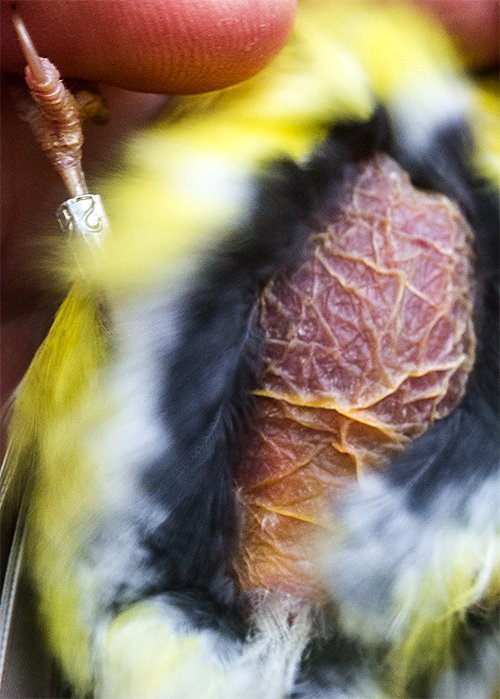
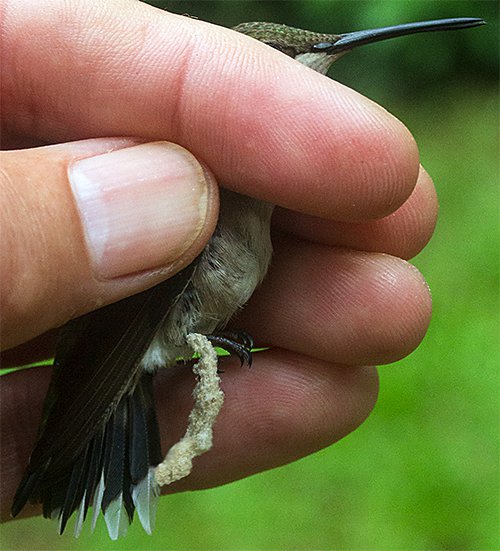

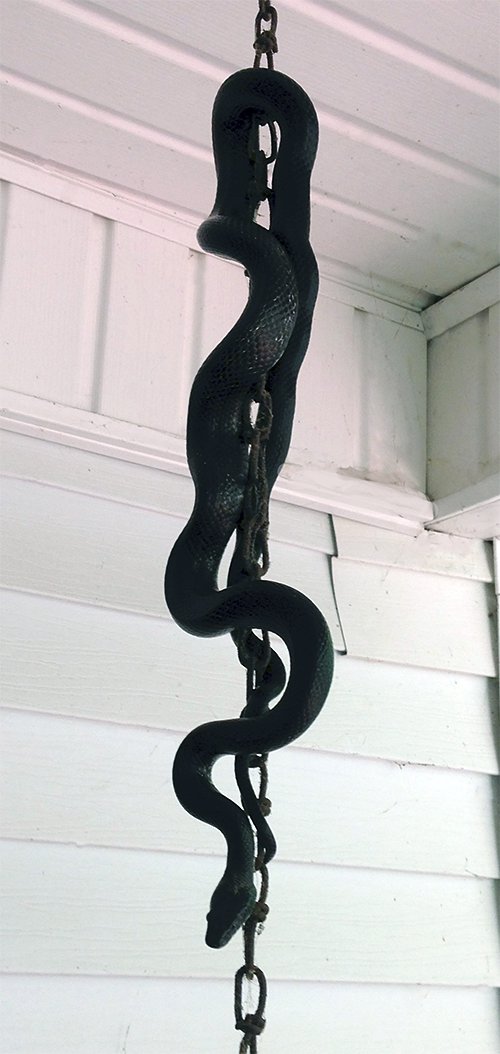







 Please report your sightings of
Please report your sightings of